
|
|
|
|
|
The Year 2014
The year 2014 began with a trip to Iceland. The Iceland Air Meet was held for the first time at Keflavik Air Base. The Nordic countries participated in this exercise. The trip to Kazakhstan was after the Nuclear Summit and Frisian Flag one of the highlights of the year. The Kazakh Air Force was well represented during the Kadex Aero Expo with many planes and helicopters. This year, the RIAT at RAF Fairford was visited again after the Air Force days at Gilze-Rijen. Also Nordholz, Kleine-Brogel and Florennes were visited in 2014. The year ended with a trip to Spain for the 75th anniversary of the Spanish Air Force. This trip was also one of the highlights of the year 2014.
|
|
|
|
|
|
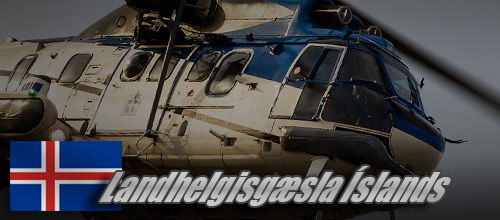
|
|
The Icelandic Coast Guard
The Aeronautica Division “Gæslan”; Reykjavik, February 11, 2014
The Coast Guard of Iceland has besides a small fleet of ships also an aviation department which is stationed at the airport of Reykjavik. The Coast Guard is officially a part of the Icelandic Navy. In total, the Coast Guard is operating three Aerospatiale AS-332L1 Super Puma helicop- ters and one Bombardier DHC-8-Q314. The Icelandic Coast Guard “Landhelgisgæsla Íslands” or “Landhelgisgæslan” or even more shor- ter “Gæslan” is the maritime and aeronautical search and rescue, patrol and surveillance division of the modern Icelandic Navy.
|
|
|
|
|
The Iceland Air Policing
The Norwegian QRA Mission at Keflavik; Keflavik, February 12, 2014
There was a gap in the European air defense network after the American withdrawal from Iceland of the U.S. Air Force in 2006. From 2007, the Iceland Air Policing mission consisted of NATO deployments at Keflavik Air base. At this moment the Norwegian Air Force is pre- sent for their third Icelandic QRA detachment. The Norwegians have been involved in the Iceland Air Policing mission since the withdrawal of the United States Air Force. The F-16s of this detachment are from Bodo of the 132 Luftving which is located in northern part of Norway.
|
|
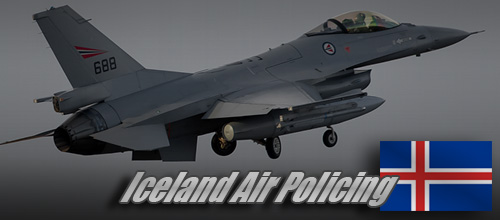
|
|
|
|
|
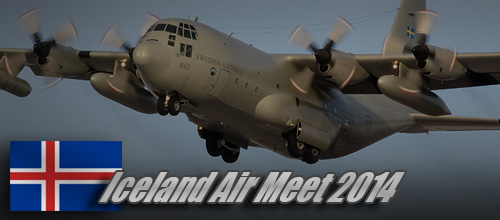
|
|
The Iceland Air Meet 2014
The Norwegian Organization; Keflavik, February 12, 2014
The Iceland Air Meet is organized for the first time this year at the Icelandic airbase of Keflavik. This meeting between the Northern European air forces is an initiative of the Icelandic Coast Guard and the Norwegian Air Force. In three weeks, the Norwegian, Swedish and Finnish units will train intensively together. The Iceland Air Meet is not an exercise, but a comprehensive international training for the Nor- thern partners. During an exercise a scenario is practiced, while daily aspects of flying are practiced during a very intense training.
|
|
|
|
|
The Iceland Air Meet 2014
Swedish and Finnish Participation; Keflavik, February 12, 2014
For both the Swedish Air Force units and the Finnish Air Force units it is their first deployment ever on the Icelandic airbase of Keflavik. Practicing in this area offers crews a valuable opportunity to work together in an international context in the so-called Nordic Defense Corporation (NORDEFCO). The Swedes take part in the training with seven Saab JAS-39 Gripens of which four of them will fly per mission wave. The Finnish Air Force is using five F-18MLU2 Hornets and two NH90 SAR helicopters at Keflavik Air Base for the training.
|
|
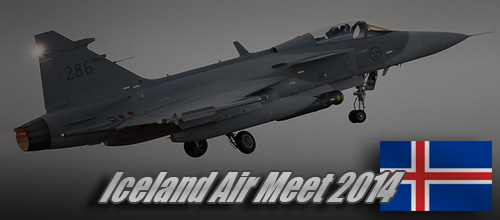
|
|
|
|
|
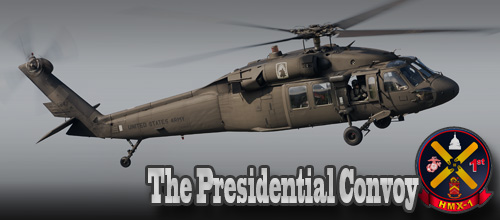
|
|
President Barack Obama Visits the NSS
The Marine One Convoy; Rotterdam-Zestienhoven, March 25, 2014
On March 24 and 25, 2014, the International Conference the Nuclear Security Summit (NSS2014) was held at the World Forum in The Hague. More than 58 world leaders were present to agree on the prevention of nuclear terrorism. The American president Barack Obama was present at the negotiations during the Nuclear Security Summit (NSS2014). Two VH-60N Whitehawk helicopters were flown to Rotterdam Airport to fly the president around in the Netherlands. These helicopters were supported by six UH-60 Blackhawks.
|
|
|
|
|
Controlling the National Airspace, part 1
International Exercise Frisian Flag; Leeuwarden, April 4, 2014
The annual exercise Frisian Flag took place at Leeuwarden Air Base in week 14 and 15 of 2014. Also this year there are a lot of foreign participants which joined the international exercise. Spain takes part in the massive exercise for the first time with the EF2000 Eurofighter. The exercise will last more than two weeks and the participating pilots are trained to perform complex missions in international cooperation at a higher intensity. Several scenarios which occur during future NATO Response Force (NRF) deployments are intensively trained.
|
|
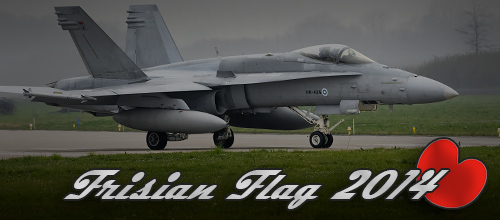
|
|
|
|
|
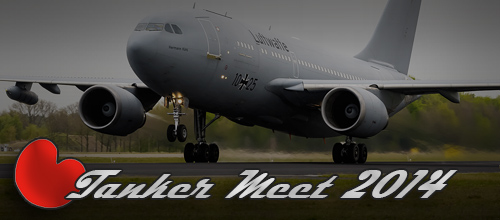
|
|
Controlling the National Airspace, part 2
European Air Refuelling Training; Eindhoven, April 8, 2014
The European Air Refuelling Training (EART) was held at Eindhoven Air Base in parallel to the exercise Frisian Flag at Leeuwarden Air Base. The European tanker training takes place in week 14 and 15 and will take place over the Wadden Sea. The Netherlands is participating with a KDC-10 of the no 334 Squadron. The Italian Air Force has sent a KC-767A of the 14° Stormo 8° Gruppo RM from Pratica di Mare to Eindhoven. The third tanker which is participating in the exercise is an Airbus A310MRT of the German Luftwaffe.
|
|
|
|
|
The Kazak Air Force, part 1
The Kazak Air & Air Defense Forces; Astana, May 22 – 25, 2014
The Kazakh air force is a relatively young air force, because the coun- try was part of the Soviet Union for a long period in the past century. The Kazakh Air Force declared itself independent from the Soviet Union on December 16, 1991. In the recent years, the Kazakhstan air force modernized the air force to an efficient air force. Despite the enormous size of the country, Kazakhstan has a relatively small air force. The Kazakh Air Force (Силы воздушной обороны Республики Казахстан) is responsible for the defense of the Kazakh airspace.
|
|
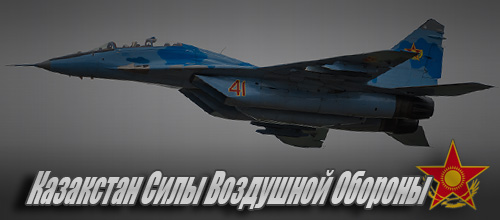
|
|
|
|
|
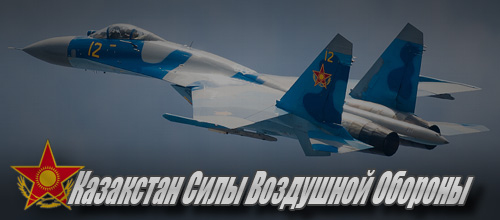
|
|
The Kazak Air Force, part 2
The Kazak Air & Air Defense Forces; Astana, May 22 – 25, 2014
The Air Force of Kazakhstan has several types of fighter aircraft in operational service. The majority of the air defense fighters are based in the south and the east of the country. The attack aircraft are mostly based in the southern part of the country near the borders with Uzbekistan, Kyrgyzstan, Tajikistan and China. One of the main interceptors of the Kazakh Air Force are the MiG-23 "Flogger" and the MiG-31 "Foxhound". The MiG-29 "Fulcrum" and the Su-27 "Flanker" are the primairy air defense fighters within the Kazakh Air Force.
|
|
|
|
|
The Kazak Air Force, part 3
The Kazak Air & Air Defense Forces; Astana, May 22 – 25, 2014
The Kazakh air force has several types of helicopter in operational service. The most important helicopter of the air force is the Mil Mi-24 "Hind", because of his enormous capabilities. For transport duties the air force has the Mi-17 "Hip" and the Mi-26 "Halo". The main helicopter type for pilot training is the UH-1H Huey. The Aero L-39 Albatross is also in Kazakhstan like in many other former Soviet countries the primary trainer for the training of Air Force pilots. The An-2 "Colt" is used for the training of pilots and as a cargo plane in the Air Force.
|
|
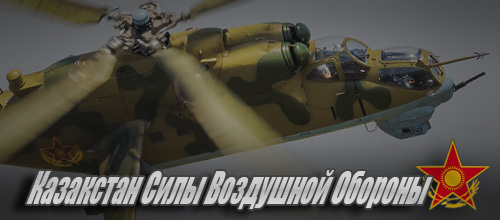
|
|
|
|
|
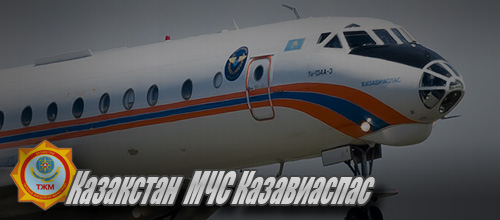
|
|
The Kazak Air Force, part 4
The Kazakhstan MChS Kazaviaspas; Astana, May 22 – 25, 2014
The Kazaviaspas is a part of the Kazakh defense which is able to act quickly in emergency situations during disaters in the country. The Kazakh MCHS Kazaviaspas (Министерство по Чрезвычайным Ситуациям Казавиаспас) is originally a Russian organization which was founded in the Soviet Union on December 27, 1990. The main tasks of the special rescue units are the Search and Rescue mission and providing support during disasters. The organization has across the country several aircraft and helicopters which can be deployed.
|
|
|
|
|
The Kazak Air Force, part 5
The Border Guard of Kazakhstan; Astana, May 22 – 25, 2014
The Kazakh Border Guard (Қазақстан Республикасының Шекара қызметі) currently consists of more than 4700 employees. The organi- zation exists since the breakup of the Soviet Union as an independent unit from 1992. The Border Guard of Kazakhstan is an organization which is using vehicles, helicopters and aircraft to guard the borders with neighboring states of the country. With relatively limited resour- ces, the Border Guard manages to keep the enormously long border lines of the country closed from smugglers and illegal people.
|
|
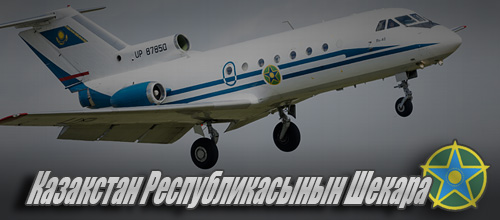
|
|
|
|
|
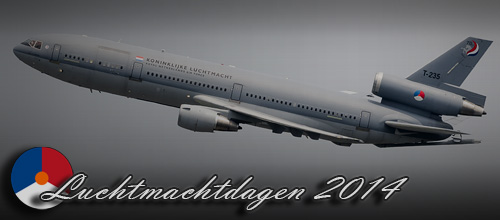
|
|
A Centralized Training
Operation Air Support 2014, part 1; Gilze-Rijen, June 18-23 2014
The Royal Netherlands Air Force has undergone some drastic cutbacks and reorganizations in the last twelve years. One of those cutbacks is the centralization of all the air force training facilities at Woensdrecht Air Base. The advanced training of the aspiring pilots is also conducted in a joint training in the United States. Nowadays, the Dutch military defense is a modern organization which functions as a large modern company. This also applies to the Royal Netherlands Air Force which is continuously ready to deliver airpower where needed.
|
|
|
|
|
Reorganization of the Transport Fleet
Operation Air Support 2014, part 2; Gilze-Rijen, June 18-23 2014
A lot of organizational changes in the transport fleet of the Royal Netherlands Air Force at Eindhoven Air Base have been made in the last ten years. The Fokker 60 fleet is sold and replaced by two addi- tional Hercules aircraft. The two additional Lockheed C-130 Hercules transport aircraft were bought by the air force in the USA. The two Herculeses’ are both former US Navy aircraft and have been in storage for years in the wilderness in the USA. More aircraft like the Fokker 50 and the Gulfstream will disappear in the coming years.
|
|
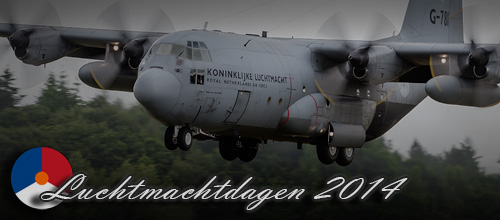
|
|
|
|
|
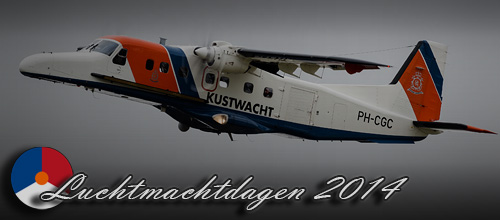
|
|
Reorganization of the Helicopter Fleet
Operation Air Support 2014, part 3; Gilze-Rijen, June 18-23 2014
In the past, the armed forces were each equipped with their own helicopter component. The Army had the Group Light Aircraft (Groep Lichte Vliegtuigen, GPLV) for artillery observation by artillery men. In the recent years, much has changed in the organization of the helicopter fleet of the Royal Netherlands Air Force. The THG-KLu has become the DHC since 2008. The helicopters of the Royal Nether- lands Navy have become part of the Air Force in a joint helicopter command. Soesterberg was closed due to the reorganizations.
|
|
|
|
|
Preparations for the JSF Arrival
Operation Air Support 2014, part 4; Gilze-Rijen, June 18-23 2014
In 2003 the Dutch government decided to downsize the current fleet of F-16 fighters. As a result of these cutbacks, Twenthe Air Base was finally closed in 2007. The Dutch government stepped into the JSF project to development the successor of the F-16 in the Netherlands. Despite the enormous financial and technical setbacks and fierce resistance from the decision was made to purchase the JSF. In the future, the Air Force will not exceed 37 JSF fighter aircraft and a small fleet of drones which will be based at Volkel and Leeuwarden.
|
|
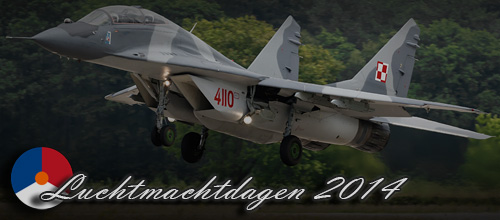
|
|
|
|
|
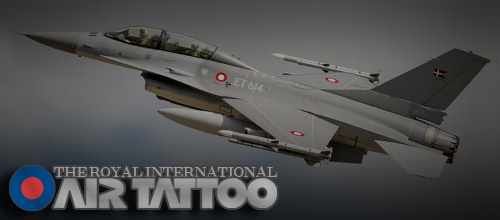
|
|
The Development of the Hawk
The BAE Systems Hawk, part 1; RAF Fairford, July 13 & 14, 2014
The BAE Systems Hawk is a British single engine advanced jet trainer designed for the RAF. The first specification for the Hawk was drafted by the RAF and the Air Staff as Target 362 in 1964. The specification was created to develop a replacement for the Folland Gnat in the role of fast jet trainer. The design was designated as special project 117. The lightweight aircraft flew for the first time in 1974 from Dunsfold in Surrey. The aircraft was initially introduced as the Hawker Siddeley Hawk and is used as a low cost fighter and advanced trainer.
|
|
|
|
|
Hawk Variants and Units
The BAE Systems Hawk, part 2; RAF Fairford, July 13 & 14, 2014
Nowadays the Hawk still plays a very important role in the RAF and Royal Navy in the role of primary jet trainer. The RAF has a few variants of the Hawk in use. These variants, are; the Hawk T1, the Hawk T1A and the Hawk T2. The Hawk is stationed at various airfields for training and testing weapons & equipment. The Royal Navy bought a number of Hawk T1 and T1A aircraft from the RAF. The planes of the Royal Navy were mainly deployed to support operations in simulated combat training aboard the ships of the British Navy.
|
|
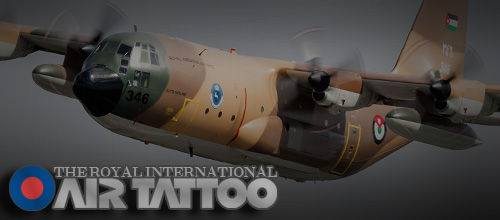
|
|
|
|
|
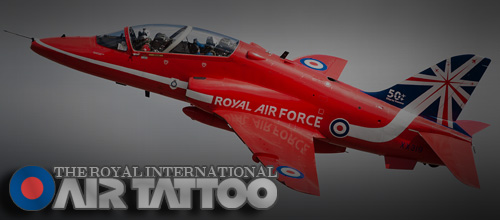
|
|
RAF Display Team “The Red Arrows”
The BAE Systems Hawk, part 3; RAF Fairford, July 13 & 14, 2014
One of the most famous display teams in the world is the RAF Display Team the Red Arrows. The team flies with nine Hawks and is known for its tight formation flights. Every year the team is a familiar sight at various airshows Europe and the rest of the world. The Red Arrows apply a strict selection procedure within the RAF. Since 1966, nine display pilots are per year active at the Red Arrows. The Pilots should at least be experienced a fighter like the Harrier, Tornado and Typhoon and they need to have more than 1500 flight hours or more.
|
|
|
|
|
Repatriation Victims Flight MH17
An Honorable Airlift with the Ukraine; Eindhoven July 25, 2014
On Thursday, July 17th, the Dutch/Malaysian flight MH17 from Amster- dam to Kuala Lumpur was shot down in the eastern part of the Ukraine at 16:00 Dutch time. The flight was shot down with a BUK M1 anti-aircraft missile which is referred to as the SA11/17. The Royal Netherlands Air Force and the Royal Australian Air Force flew with transport aircraft from Eindhoven Air Base to the Ukraine to retrieve the victims back to the Netherlands. A total of 298 people were killed in the plane crash including 194 Dutch people and many other people.
|
|
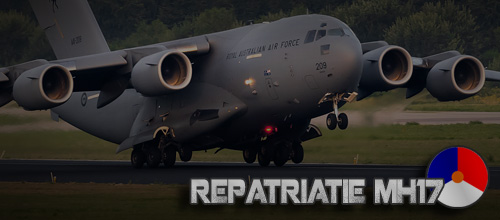
|
|
|
|
|
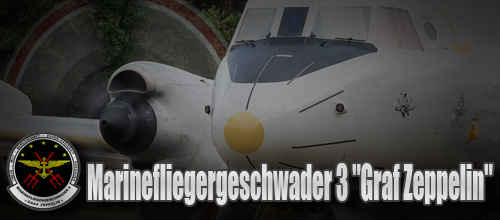
|
|
Marinefliegergeschwader 3
The German Marineflieger, part 1; Nordholz, August 25, 2014
The fixed wing unit of the German Navy is Marinefliegergeschwader 3. This unit is named after the famous German aviation pioneer Graf Zeppelin who became famous for the invention of the airship. The unit MFG-3 operates the P-3C Orion for maritime patrol flights and Dornier Do-228 for maritime inspection flights. In 2006 the German Navy bought eight former Dutch P-3C Orion patrol aircraft acquired from the Royal Netherlands Navy. In 2009, to supplement this, a P-3C simulator was purchased for advanced trining of the crew for this aircraft type.
|
|
|
|
|
Marinefliegergeschwader 5
The German Marineflieger, part 2; Nordholz, August 25, 2014
The helicopter unit of the German Navy is Marinefliegergeschwader 5. This unit is called Kiel after the city where the unit was established. The unit flies with the Sea-King Mk41, the Sea Lynx Mk88 and the Eurocopter EC135. From 2012, MFG-5 flies with the various helicopter types from Nordholz because Kiel is closed. The training facilities in Nordholz are also maintained by MFG-5. This unit operates and maintains all training facilities. MFG-5 has an EC135 helicopter in use for the training purposes of the helicopter German Navy pilots.
|
|
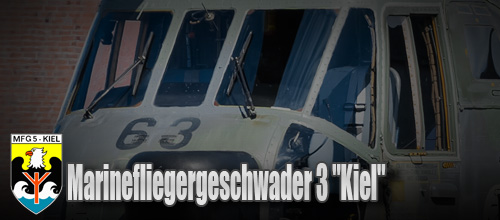
|
|
|
|
|
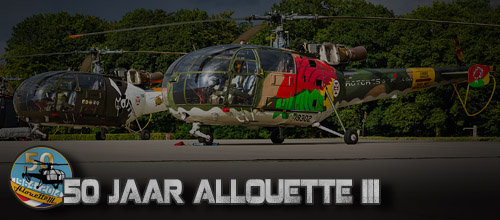
|
|
50 Years Allouette III
The Aerospatiale SA316B Allouette III; Gilze-Rijen, September 11, 2014
This year the 50th anniversary is celebrated of the Allouette III helicopter. The Allouette III was in the 60s and 70s the main helicopter in the Group Light Aircraft of the Royal Netherlands Army. There were a total of 77 helicopters purchased of which four of them are still in use at the no 300 Squadron at Gilze-Rijen Air Base. The Aerospatiale Allouette III is a light single-engine helicopter which was originally produced by the French company Sud-Aviation. The prototype of the Allouette III was the SA3160, which first flew in February 1959.
|
|
|
|
|
Replacement of the F-16 in Belgium
The Belgian Air Force Days, part 1; Kleine-Brogel, September 12, 2014
The Belgian Air Force will select a successor to the succession of the aging F-16 Fighting Falcon in the upcoming period. As in many countries in Europe, there is also going to change a lot for the Belgian Air Force in the coming years. The Belgian Air Force has in recent years been considerably reduced and transformed into a compact and tactical air force. At present it seems that the country will buy the American Joint Strike Fighter. A decision has yet to be made by the Belgian political parties and investigations of other types are ungoing.
|
|
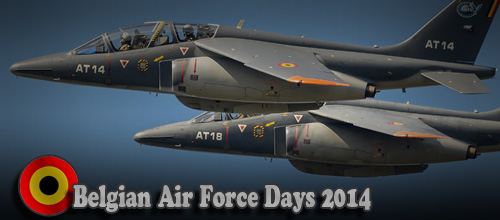
|
|
|
|
|
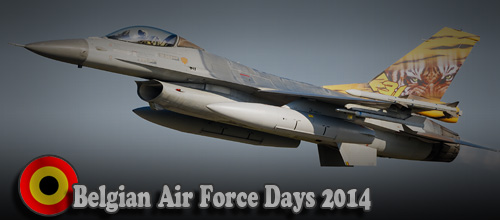
|
|
The Transport and Helicopter Fleet
The Belgian Air Force Days, part 2; Kleine-Brogel, September 12, 2014
The Belgian transport fleet will in the next years dramatically be changed with the introduction of the new Airbus A400M Atlas. The helicopter fleet has undergone some major changes as well. The closure of Liege-Bierset was a result of major cutbacks. The Belgian Air Force received the first NH90 helicopters in 2014 for the SAR task. This helicopter was the type which would fill up the gap of helicopter capability in the air force. The Belgian Air Force will receive a total of eight helicopters of this type, of which most have been delivered.
|
|
|
|
|
The Bridge over the Maas at Grave
The Market Garden Memorial, part 1; Grave, September 17, 2014
The conquest of the John S. Thompson Bridge at Grave was during the Second World War conducted by the 82nd Airborne Division of the United States Army. The conquest was conducted during the famous Operation Market Garden in 1944. The 82nd is nowadays still one of the largest airborne divisions in the United States. Soldiers of the 82nd wear the letters AA on their shoulder which represents the nickname All-American. During the Battle of the Bulge in December 1944, and January 1945, the 82nd helped to stop the German offensive.
|
|
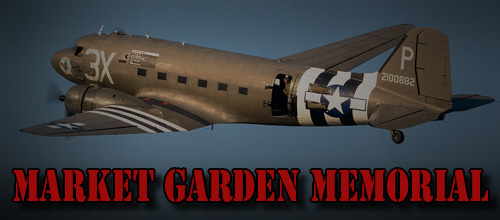
|
|
|
|
|
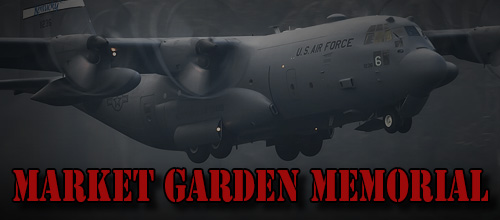
|
|
Cancelled Droppings due to Fog
Market Garden Memorial, part 2; Eindhoven, September 20, 2014
The annual commemoration of Operation Market Garden took place in Brabant and Gelderland on Saturday, September 20th. Various tran- sport aircraft of various units from Europe and the United States fly several dropping missions from Eindhoven Air Base. For this occasion the platform was this year completely filled with many aircraft from multiple countries. A large part of the droppings was unfortunately canceled due to bad visibility. The only planes which have dropped during this mission were the four ANG Hercules aircraft from the USA.
|
|
|
|
|
The Need for Personnel Recovery
The CJPRSC 2014, part 1; Florennes, October 2, 2014
On the Belgian Airbase of Florennes, the annual Combined Joint Personnel Recovery & Standardization Course (CJSPRC) was held from September 24 until October 12. CJSPRC is annually organized by the European Air Group (EAG), to train air and ground crews in Combat Search And Rescue (CSAR) and Personal Recovery (PR). The EAG took over the training in 2002 and the process of standardizing procedures and co-operation was realized. The training initially was set up initially as a number of individual exercises.
|
|
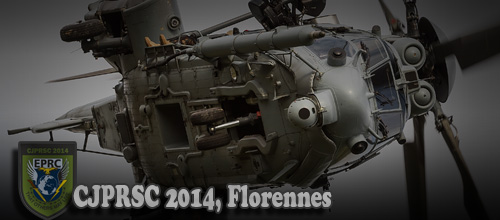
|
|
|
|
|
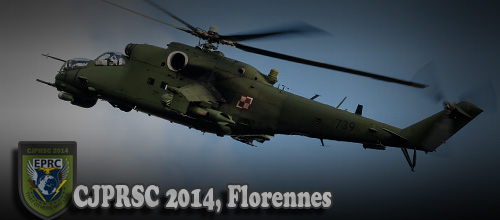
|
|
The Objectives of the CJPRSC
The CJPRSC 2014, part 2; Florennes, October 2, 2014
A total of 11 countries are involved in the activities during the current course. These countries, are; Belgium, Germany, Spain, Italy, Great-Britain, the Netherlands, France, Poland, Hungary, Sweden and the United States. During the missions there are a total of 414 staff members deployed at Florennes for the CJPRCS. The main aim during the course is close cooperation between the participants. The collaboration is a chain which is as strong as its weakest link. The collaborating parties Rotary Wing Forces, Fixed Wing Forces.
|
|
|
|
|
The Composition of the TLP Course
Tactical Leadership Program, part 1; Albacete, October 7 & 8, 2014
Much has changed since the relocation of the TLP course from Florennes in Belgium to Albacete in Spain. This choice was also widely supported by other NATO partners who regularly send students to the TLP. Besides this selection, there were also plans to organize a large annual exercise with a simulated air conflict (ACE-Flag). The TLP is a course which is continuously adapted to modern war scena- rios. The participants of the TLP are all derived from the various NATO countries and PfP countries; also external assets join the TLP as well.
|
|
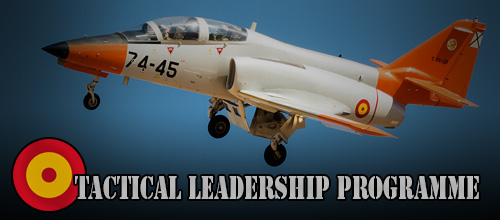
|
|
|
|
|
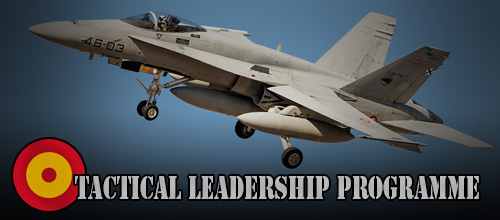
|
|
The Planning of an TLP Mission
Tactical Leadership Program, part 2; Albacete, October 7 & 8, 2014
Preparations for the TLP missions consist of a large logistics operation bringing all participating aircraft, materials and crews to Albacete. The mission preparation for every day’s missions is a process which takes several hours. Even after the operational missions applied tactics and procedures are discussed in detail. Each participating entity sends generally two and sometimes four crews with two to four operational aircraft to the TLP exercise. Also, the unit sends a maintenance team of mechanics to the exercise which may consist of 30 people.
|
|
|
|
|
The Spanish VIP Helicopters
The Spanish Air Force, part 1; Cuatro Vientos, October 9, 2014
The Spanish VIP helicopter fleet is stationed at the Spanish airbase Cuatro Vientos in Madrid. The helicopters are assigned to ALA 48 which is composed of Escuadron 402 and Escuadron 803. The 402 Esc is a normal transport squadron and is equipped with the AS332 Super Puma and AS532 Cougar. The 803 Esc is the VIP unit and is equipped with the white AS332 Super Puma. These helicopters are deployed to transport persons such as the Spanish royal family through Spain. ALA 48 has one platform at this airport at its disposal.
|
|
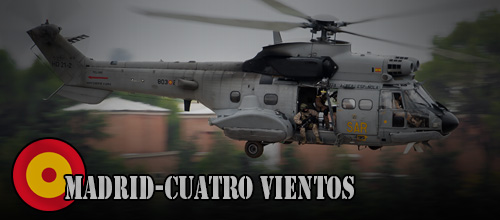
|
|
|
|
|
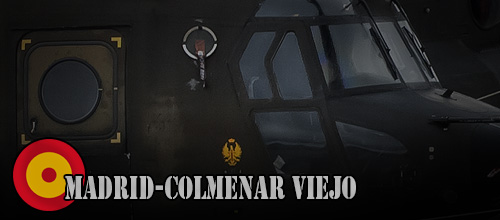
|
|
The Spanish Helicopter Base
The Spanish Air Force, part 2; Colmenar Viejo, October 9, 2014
The helicopter base Colmenar Viejo is located north of Madrid and is the main helicopter base of the FAMET. There are five Battalions stationed at this base, namely; BHELTRA V with the CH-47D Chinook, BTRANS with the UH-1H Huey and the AS332B1 Super Puma, CEFAMET with the EC135T2, BHELEME II det with the EC135P2 and PCMHEL which is a maintenance unit without active helicopters in service. Colmenar Viejo has no runway where planes can land on. The helicopter field has a short paved landing strip and is very compact.
|
|
|
|
|
Ejercito del Aire de Espana
The Spanish Air Force, part 3; Torrejon, October 9 – 12, 2014
The Spanish Air Force (Ejercito del Aire de Espana) is the most important part of the Spanish Armed Air Forces. Other components of the air forces are the FAMET of the Spanish Army and the Arma Aerea de la Armada Espanola of the Spanish Navy. During the festivities of the Spanish Air Force's the 75th anniversary of the Ejercito del Aire de Espana was celebrated. All types of aircraft of the Spanish Air Force were represented at this event. In the list which follows an overview is given of the active aircraft and airfields of the Spanish Air Force.
|
|
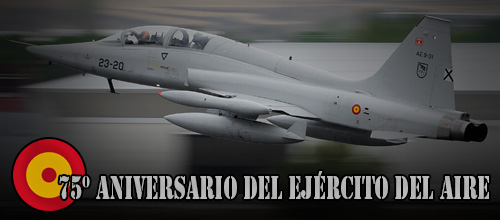
|
|
|
|
|
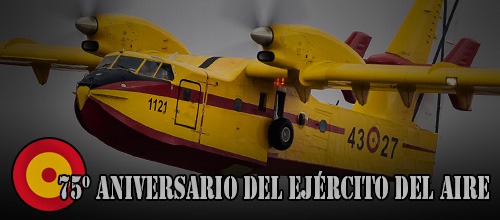
|
|
Ejercito del Aire de Espana
The Spanish Air Force, part 4; Torrejon, October 9 – 12, 2014
The Air Force of Spain received the EF2000 Eurofighter in the recent years and is the newest aircraft in use. Besides these modern fighter aircraft also transport aircraft, patrol aircraft, tankers and reconnais- sance aircraft are in use at the Spanish Air force. The most important national tasks of the Spanish Air Force consist of monitoring the national airspace against intruders, rescuing people in need (SAR), fire-fighting and transport tasks. The Spanish Air Force is modern and is a member of NATO; the air force is important for Europe.
|
|
|
|
|
FAMET de Espania
The Spanish Air Force, part 5; Torrejon, October 9 – 12, 2014
The FAMET (Fuerzas Aeromoviles del Ejercito de Tierra) is the flying branch of the Spanish Army and is only equipped with transport and attack helicopters. This section of the Army was established in 1965 as the Ligera Aviacion del Ejercito (Army Group Light Aircraft). The organization was identified as the FAMET from 1973. The helicopters are spread over six airfields in Spain and a permanent detachment in Melilla in northern Morocco. In the next coming years the Spanish helicopter fleet will be drastically modernized with new helicopters.
|
|
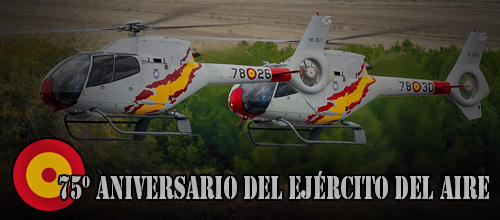
|
|
|
|
|
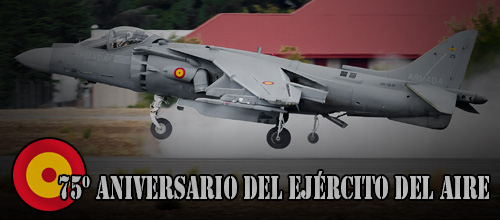
|
|
Armada Espanola
The Spanish Air Force, part 6; Torrejon, October 9 – 12, 2014
The Flying branch of the Spanish Navy is referred to as the Arma Aerea de la Armada Espanola. The Spanish Navy Air Arm has a number of aircraft and helicopter types in use which are purchased specifically for the maritime tasks. The fleet consists of an aircraft carrier and several frigates for the Spanish Navy fleet. The Spanish Navy "Real Armada Espanola ', is one of the oldest armed forces from Spain and is also one of the oldest navies in the world. The history of the Spanish Navy begins in the middle ages during the reunification.
|
|
|
|

|







